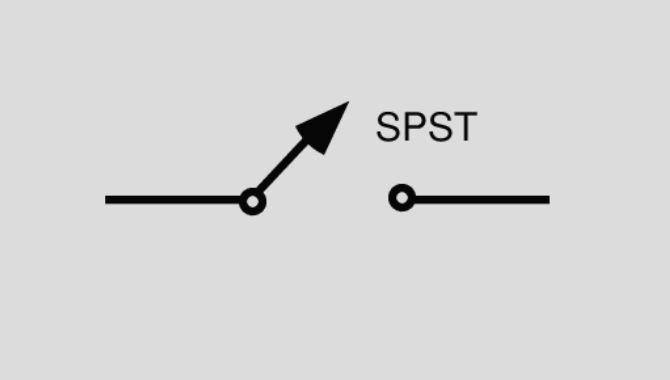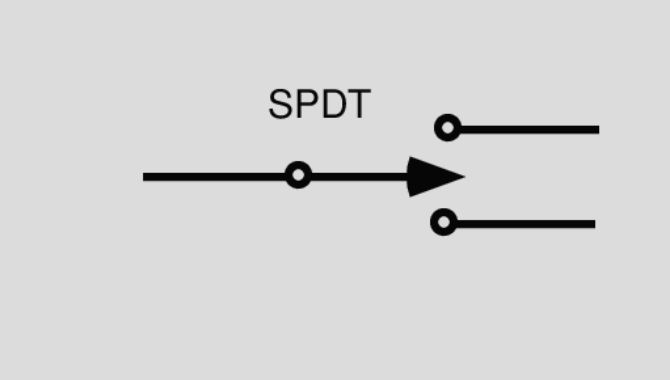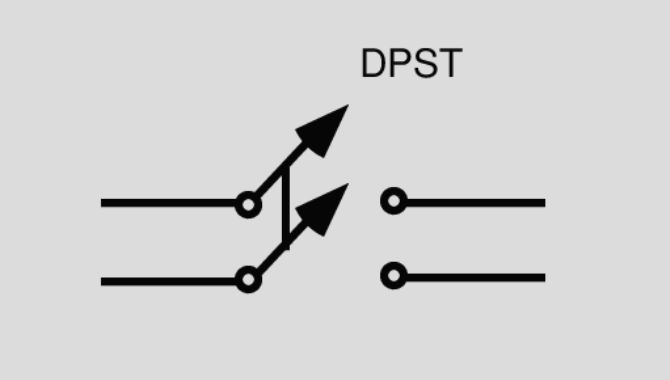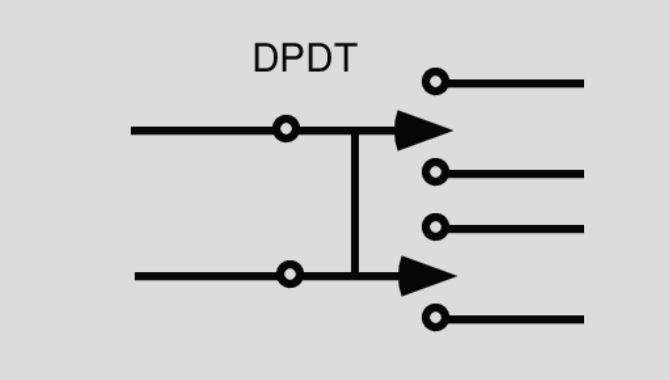What is 12V Switch?
A 12V switch is an electrical component that controls the flow of 12-volt current in various devices, such as automotive systems, LED lighting, and home appliances. Our switches are known for their durability, reliability, and precise control. Manufactured with high-quality materials and cutting-edge technology, they ensure long-lasting performance and safety. Choose our products for superior craftsmanship and exceptional customer support.


Importance and Applications of 12V Switch
Our Advantages:
- High Durability: Our switches are built to withstand harsh conditions.
- Precision Engineering: Ensures reliable performance and long lifespan.
- Wide Range of Models: Suitable for various applications and customization needs.
- Certified Quality: Compliant with international safety standards.
Product Characteristics:
- Robust Construction: Made with high-quality materials.
- Ease of Installation: User-friendly design saves time and effort.
- Versatility: Compatible with multiple systems and devices.
How Does a 12V Switch Work?
Basic Operation
A 12V switch typically has a lever or button that moves to open or close the circuit. When the switch is in the “on” position, it closes the circuit, allowing electrical current to flow from the power source to the load (e.g., a light or motor). Conversely, when the switch is in the “off” position, it opens the circuit, stopping the flow of current.
Mechanical Action
The switch contains electrical contacts that are either connected or separated by the movement of the lever. When the lever is pushed down (or toggled to the “on” position), the contacts touch, completing the circuit and allowing current to pass. When the lever is pushed up (or toggled to the “off” position), the contacts are separated, breaking the circuit and stopping the current flow.
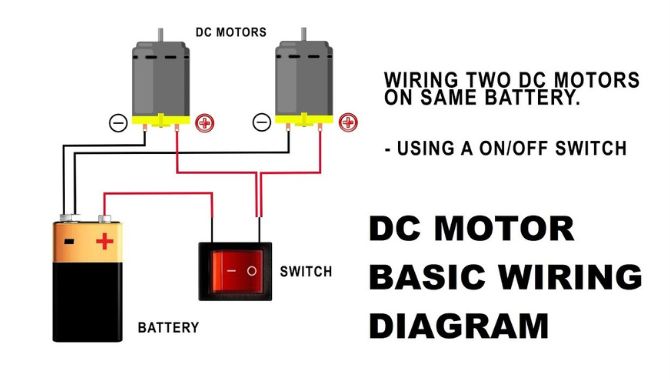
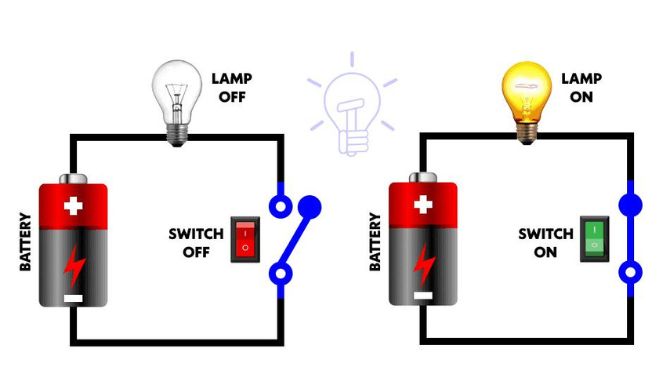
Basic Working Principle
The switch contains two main electrical contacts inside. When the rocker is pushed to the “on” position, it mechanically connects these two contacts, completing the circuit and allowing current to flow. When pushed to the “off” position, it separates the contacts, breaking the circuit and stopping current flow.
The switch typically has two or three terminals:
- One terminal connects to the power source (12V battery).
- One terminal connects to the load (device being controlled).
- A third terminal, if present, is for grounding.
When switched on, current can flow from the power source, through the switch’s closed contacts, to the load. The rocker mechanism provides a clear visual and tactile indication of the switch state. Many 12V rocker switches are rated to handle currents up to 10-20 amps, making them suitable for various automotive and marine applications. Some switches include additional features like LED indicators or waterproofing for added functionality and durability.
Common Voltage and Current Ratings for 12V Switch
| Voltage Rating | Typical Applications | Current Rating | Typical Applications |
|---|---|---|---|
| 12V | Automotive, small electronics | 10A | Automotive, small appliances |
| 24V | Industrial control systems | 20A | Industrial machinery, HVAC systems |
| 48V | Renewable energy systems | 50A | Electric vehicles, power distribution |
| 100V+ | Specialized industrial applications | 100A+ | High-power applications, large-scale systems |

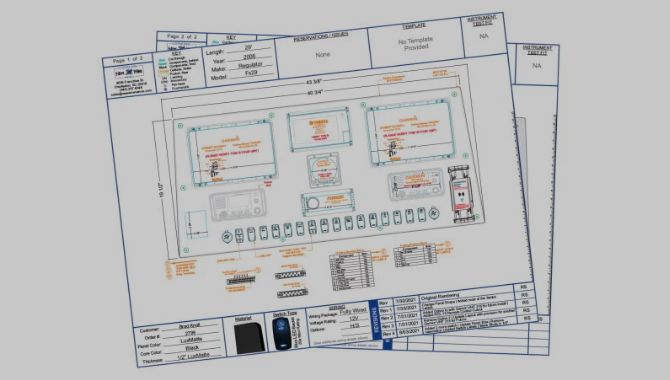
Applications of 12V Switch by Industry
| Industry | Applications | Key Requirements |
|---|---|---|
| Automotive | EV power management, lighting, ignition systems | Durability, reliability, compact design |
| Renewable Energy | Solar panel isolation, wind turbine control | High voltage/current rating, safety |
| Industrial | Control panels, automation systems | Robustness, precise control, long lifespan |
| Consumer Electronics | Small appliances, portable devices | Compact size, user-friendly, reliable |
| Medical | Ventilators, diagnostic machines | High precision, safety standards |
| Aerospace & Defense | Aircraft controls, satellite power management | High durability, specialized design |
| Marine | Navigation systems, lighting controls | Corrosion resistance, reliable operation |
DC VS AC
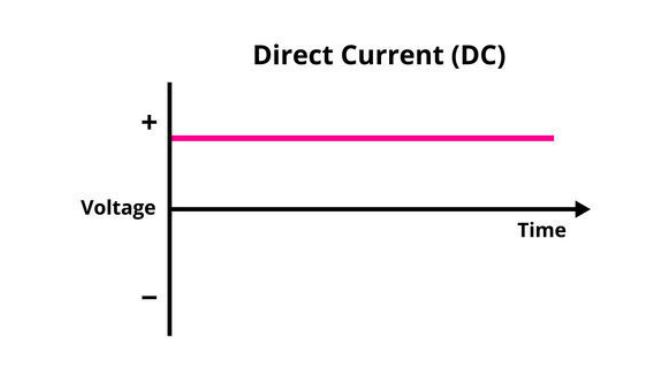
In DC, the electric charge flows in one direction. It’s used in batteries, solar panels, and electronic devices. DC is stable and efficient for low-voltage applications.
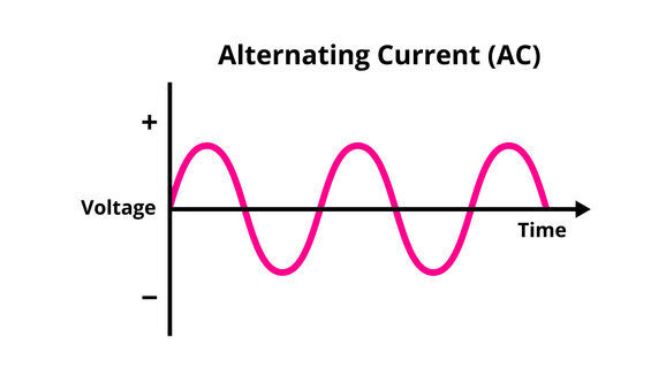
In AC, the electric charge periodically reverses direction. It’s the standard form of electricity supplied to homes and businesses. AC is more efficient for transmitting power over long distances due to its ability to easily transform voltages with transformers.
Types of 12V Switches
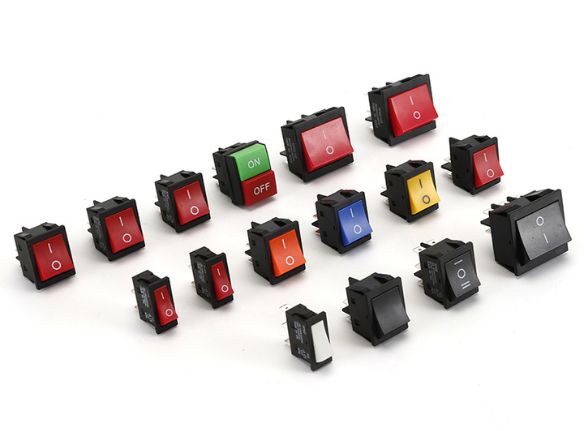
Our 12V rocker switches, manufactured in China, offer reliable performance with an ergonomic design. Built from high-quality materials, they ensure durability and longevity. Features include easy installation, water resistance, and a variety of styles to suit different applications. Choose our rocker switches for competitive pricing, rigorous quality control, and excellent customer support. Click to learn more.

Our 12V Marine Rocker Switch is a high-quality, durable switch designed for marine environments. Manufactured in China, it features waterproof protection, corrosion resistance, and a long lifespan. Our switches are rigorously tested to ensure reliability and safety. With competitive pricing and customizable options, we provide the best value for your marine electrical needs. Click to view more details!
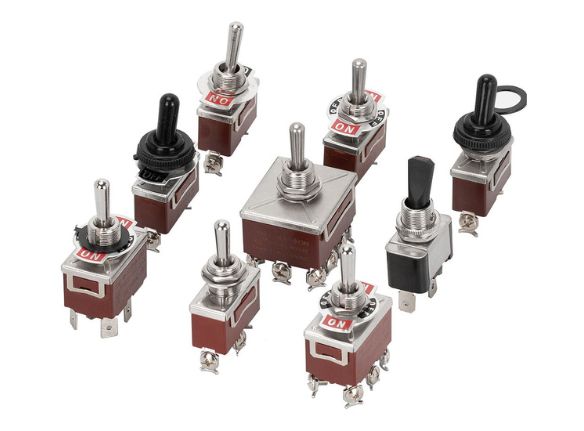
Our 12V toggle switch is a high-quality, durable electrical switch designed for various applications. Made with precision in China, our switches boast excellent conductivity, long lifespan, and robust performance. Key features include easy installation, reliable operation, and a sleek design. Choose our switches for unmatched reliability and competitive pricing. Click to explore more!
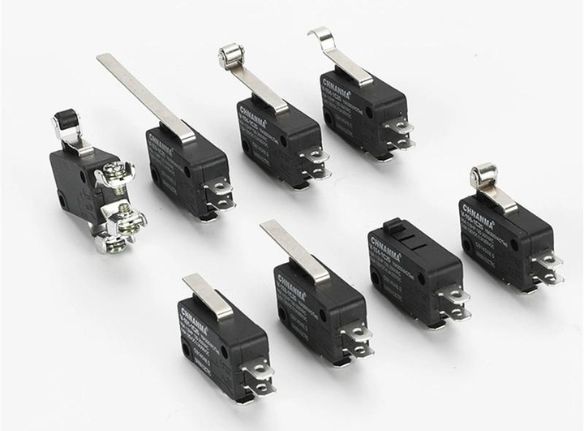
Our 12V Micro Switch provides precise control and reliable performance for various applications. Manufactured in China, our switches feature high durability, quick response, and compact design. With strict quality control and competitive pricing, we ensure top-notch products for your needs. Choose us for excellent customer service and fast delivery. Click to explore more!
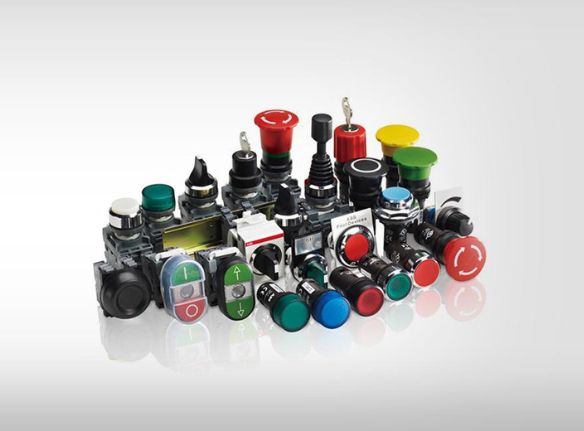
Introducing our 12V Push Button Switch, designed for durability and reliability in various applications. Manufactured in China, we ensure high-quality standards with strict QC processes. Our switches feature robust construction, easy installation, and long-lasting performance. With competitive pricing and customization options, trust us for your electrical switch needs. Click to learn more!
FAQs
12V Switch are commonly used in various applications, and people often have questions about them. Here are five of the most popular FAQs for 12V Switch
Consider the following factors:
- Current rating: Ensure the switch can handle the current of your circuit.
- Environment: Choose switches that are suitable for your operating conditions (e.g., waterproof switches for marine use).
- Functionality: Select a switch type that meets your control requirements (e.g., momentary vs. maintained).
No, 12V switches are specifically designed for 12-volt circuits. Using them in higher voltage applications can result in failure or safety hazards.
Installation steps vary by switch type, but generally include:
- Disconnecting the power source.
- Connecting the switch terminals to the appropriate wires.
- Securing the switch in place.
- Reconnecting the power source and testing the switch.
Some 12V switches are designed to be waterproof or water-resistant, making them suitable for use in wet environments. Check the switch specifications for IP ratings.
Yes, 12V switches are commonly used in automotive applications to control lights, accessories, and other electronic devices.
A momentary switch only remains in its “on” state while being pressed. Once released, it returns to the “off” state.
12V switches are available from various electronics and automotive parts suppliers, both online and in physical stores.
Check the power source and wiring connections.
Ensure the switch is rated for the current and voltage of your circuit.
Test the switch with a multimeter to verify continuity.
Yes, 12V switches are suitable for controlling LED lights, as long as they meet the current requirements of the LEDs.




